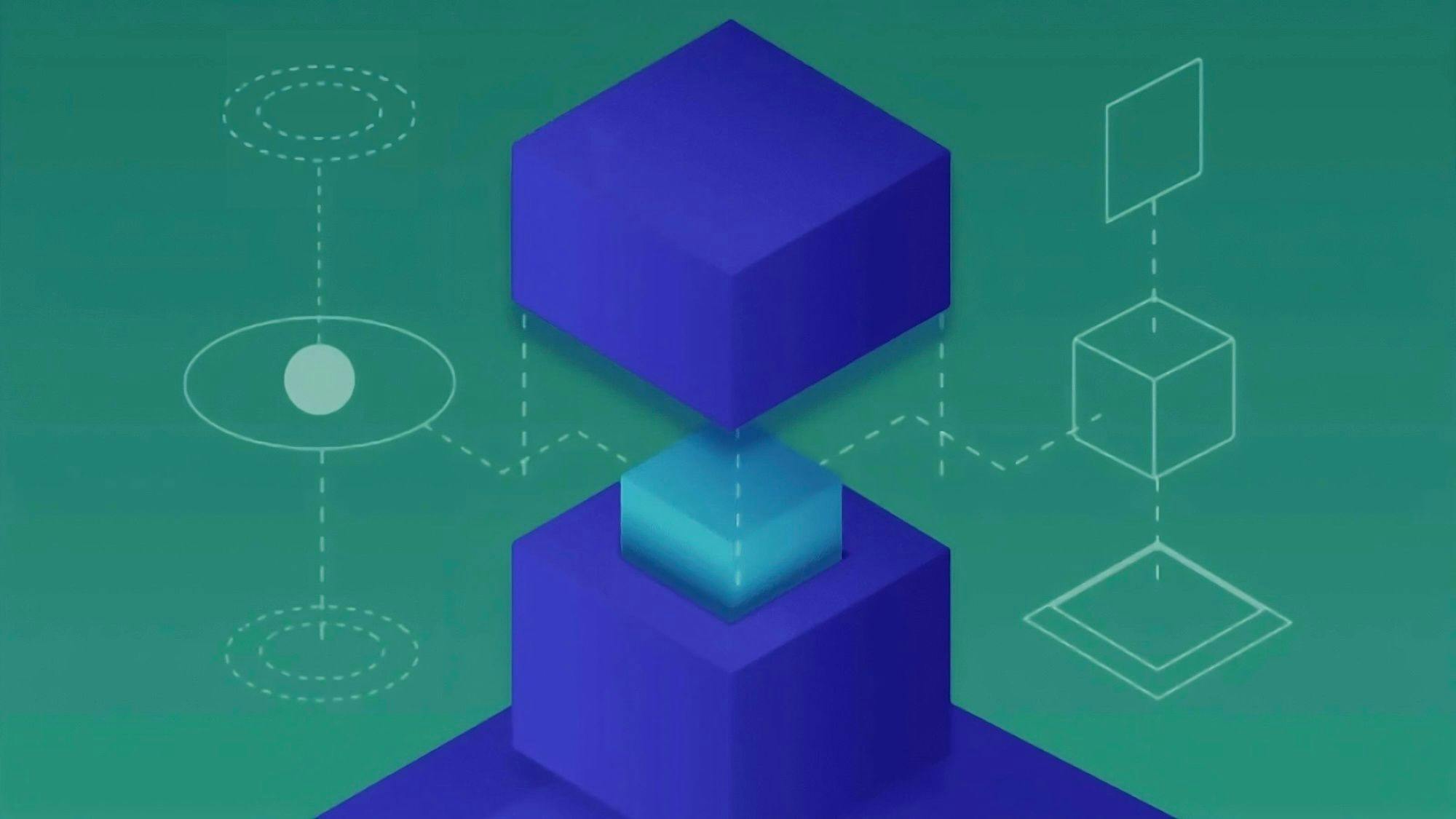TruBlo: Funding 45 Early-stage Blockchain Ideas towards Trustable Content
,A couple of months ago, we wrapped up TruBlo, a three-year project focused on creating trustable content via distributed ledgers and blockchain technologies. Here's a quick review of the R&D effort, with a focus on two of its key aspects.
This article will document:
-
the TruBlo EU Cascade funding experience
-
the open call projects run by the TruBlo consortium and its partners
What is cascade funding?
In short, the cascade mechanism opens EU funding for small, external teams: A consortium writes a short proposal, and if its gets funded, a substantial amount of money is handed out to them to develop an early-stage idea/concept. The approach aims at "simplifying the administrative procedures" and will thus create a "light, SME-friendly application scheme". In official EU documents, this approach is also described as "Financial Support to Third Parties" (FSTP).
The TruBlo consortium organized three open calls and received a total of 300 applications. The 45 funded projects were selected in the following way: First, all applications were evaluated by external experts. Then the consortium evaluated them, in a second round based on written descriptions and presentations.
The funding was split into two phases: All selected teams received 75k euros for nine months to work on their ideas. Then, in a second phase, nine of the best-performing and most advanced projects received an additional 100k Euros to refine their projects to reach a minimum viable product (MVP) level.
During the process, the TruBlo core team provided extensive entrepreneurship training and mentoring for each project.
Does the mechanism make sense – and what did we learn?
The experience with cascade funding in TruBlo can be summarized like this:
-
The mechanism is undoubtedly a step in the right direction as it opens a door for initial funding of innovative ideas. However, it's a long way from the first scribbles and prototypes to a fully functional or even profitable product.
-
The projects are demanding for those who get funded: From day one, the consortium must work on developing and marketing their idea – and on activating people; towards the end of the funding process, it's essential to clearly explain what the solution is about.
-
The projects are also demanding for those who fund: The consortium needs to dedicate a lot of time and effort to selecting candidates, supporting them, and evaluating what they've worked on.
-
Basically every rookie tech project is in danger of starting too early with the actual software development. Our simple advice: Talk to users before coding based on assumptions, listen to their needs, and use paper prototypes. This will result in a slower start, but also in much better product-market fit.
-
The most valuable tool in the process are the innovation readiness levels (IRLs). Initially developed by NASA, KTH Royal Institute of Technology extended this system and established six growth dimensions (s. picture below). Any creator/entrepreneur should know about the approach.
-
Europe must build more know-how, gather more experience, and offer more funding opportunities in order to turn early-stage ideas into market-ready solutions
Notable TruBlo projects: D-SBOM, VeriSimpleDC, Enarxis
TruBlo funded a total of 45 projects. Here's a selection of three very interesting ones – to give you an idea of what the teams have created:
-
A company that managed the entire process of funding and developing exceptionally well was Asvin. They worked on a project called D-SBOM, which aims to provide higher confidence and security for IoT solutions. Asvin did a particularly good job with regard to acquisition: they secured both a VC investment and additional EU funding.
-
One of the most far-reaching solutions came from a company called Liccium. For almost five years, the team has now worked on defining an ISO standard called International Standard Content Code (ISCC): It verifies content ownership of photos and videos, even when metadata has been cut off. In a demo of their VeriSimpleDC project, the team showed how the ISCC combined with the Liccium platform allows users to reliably find the origins of a photo that has been used extensively on social media.
-
Greek company EV Loader demonstrated a very pragmatic idea with Enarxis. The team manages loading multiple EV loading stations for hotels in Greece–which comes with several challenges: What if a driver has reserved a loading, but doesn't show up? Or what if he doesn't leave after charging the batteries? Enarxis explored a scoring system that allows drivers to gain points when using the loading infrastructure in a reliable way. The project is relevant for a future in which a lot more people are likely to share EV installations. EV Loader also secured additional funding during the Trublo phase.
And what about Blockchain tech?
As pointed out before, TruBlo's technical focus was on distributed digital ledgers, tokens and trust. So what is our experience with blockchain technologies? Are those ready for broad application?
Our view is mixed, and our answer is short: Yes, feature blockchains could help solve significant technological challenges – and enhance trust. However, it will take several years for the technology to evolve and get to a point where it can compete with standard databases and infrastructure.
Trublo in A Nutshell
All in all, TruBlo was a successful, very special R&D project. It demonstrated cascade funding as an innovative instrument within EU research. By providing opportunities for smaller teams, fostering skill development, and emphasizing ongoing mentorship, the consortium has paved the way for cultivating trustable and reliable content on future blockchains.
As the third-party teams embark on the subsequent phases of their respective projects, TruBlo's impact continues, leaving a lasting legacy within the blockchain research and development landscape.
For further insights and impressions, take a look at the entrepreneurial training and Trublo Demo Days videos on the project's official webite.
